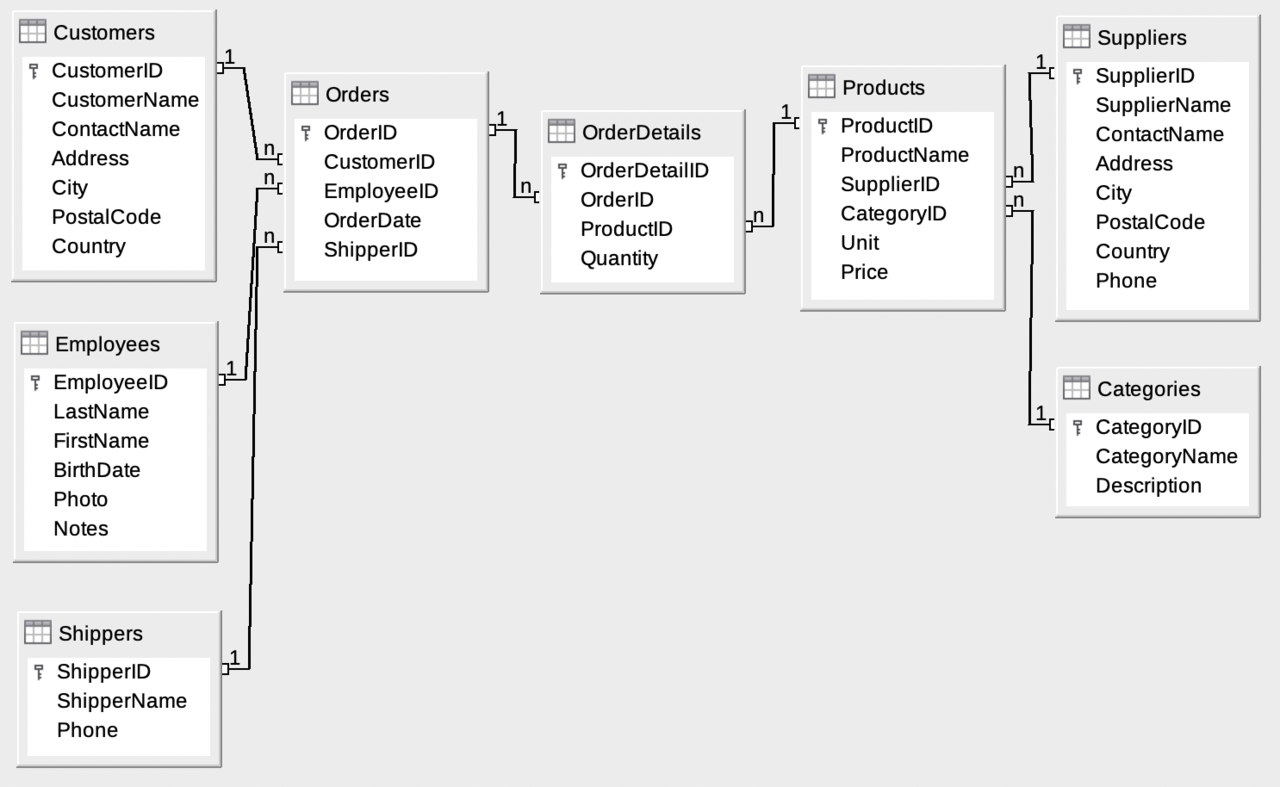The
SELECT statement is used to select data from a database.
The result is stored in a result table (called the result-set).
SELECT Syntax
The
SELECT statement is complicated.
One of the simplified syntax of the SELECT statement is given below:
- Subselect general form
SELECT [ ALL | DISTINCT ] expression-1 {, expression-2 } FROM table-name-1 [ corr-name-1 ] {, table-name-2 [ corr-name-2 ] } [ WHERE condition-1 ] [ GROUP BY column-name-1, {, column-name-2 } ] [ HAVING condition-2 ]; - Full select general form
Subselect { UNION [ ALL ] Subselect } [ ORDER BY result_column-1 [ ASC | DESC ] {, result_column-2 [ ASC | DESC ] } ];
SELECT Semantics
Executing a
SELECT command is basically done in three steps implicitly, which makes SQL more concise compared to traditional programming languages:
- Derive a Cartesian product of the operand tables indicated in the
FROMclause, where the Cartesian product of two setsAandB, denotedA×B, is the set of all ordered pairs (a,b) whereais inAandbis inB. - Based on this intermediate result, evaluate the conditions stated in the
WHEREclause. - Project the result from Step 2 onto the attributes indicated in the
SELECTclause;DISTINCTmay be added to avoid duplicate tuples in the result.
Demonstration
Below is an SQL test area from W3Schools, which uses the well-known Northwind sample database. The tables here are for read only because of the problem of embedding the scripts. For a fully working example, check this by using Chrome.
|
Result:
|
The Database includes:
|

|
The Database includes:
|